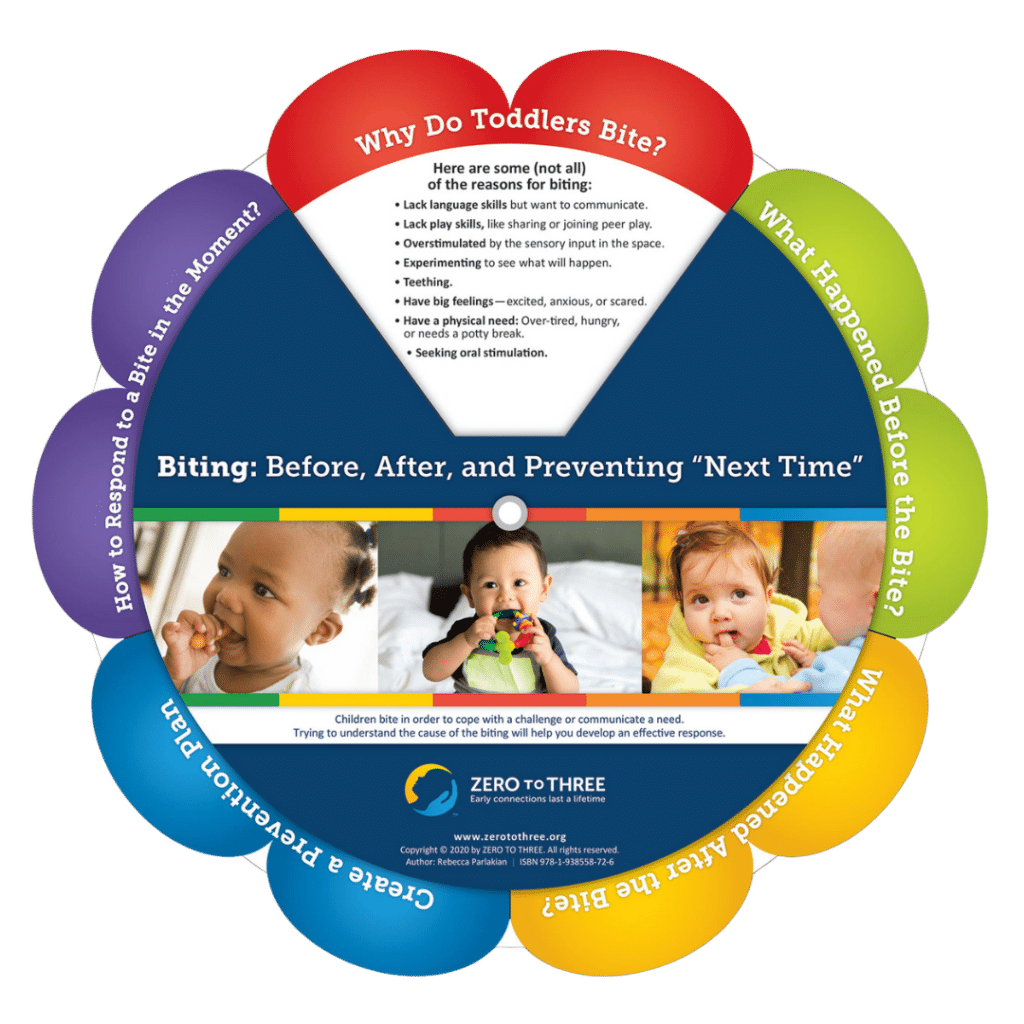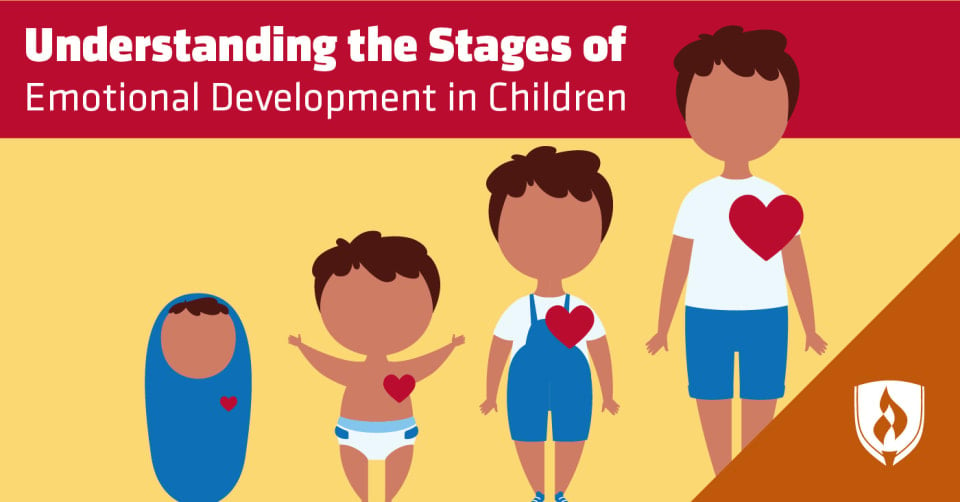Why Do Kids Bite Other Kids? Complete Guide to Understanding Child Biting Behavior | Expert Parenting Advice
Why Do Kids Bite Other Kids?
A Complete Guide to Understanding and Managing Child Biting Behavior
Child biting is one of the most challenging and emotionally charged behaviors that parents, caregivers, and educators encounter. When your toddler or preschooler bites another child, it can trigger feelings of embarrassment, frustration, and concern about your child's development and social future. However, understanding that biting is a normal part of early childhood development can help you respond more effectively and with greater confidence.

Understanding the developmental reasons behind child biting behavior
Key Takeaway
Biting is a common developmental phase that most children experience between ages 1-4. It's not a reflection of poor parenting or a sign that your child will become aggressive. With proper understanding and consistent responses, this behavior typically resolves naturally as children develop better communication and emotional regulation skills.
Understanding the Developmental Context of Biting
To effectively address biting behavior, it's crucial to understand that young children's brains are still developing the neural pathways necessary for impulse control, emotional regulation, and complex communication. The prefrontal cortex, which governs executive functions like decision-making and impulse control, doesn't fully mature until the mid-twenties, making it particularly underdeveloped in toddlers and preschoolers.
During the early years, children are experiencing rapid brain development, with millions of neural connections forming every second. This intense developmental period means that children are constantly learning how to navigate their world, process emotions, and interact with others. Biting often emerges as a primitive but effective way for children to communicate needs, express frustration, or assert control when their verbal and emotional skills haven't yet caught up to their internal experiences.

Managing parental emotions is crucial when addressing challenging behaviors like biting
The Neurological Perspective
From a neurological standpoint, young children operate primarily from their limbic system—the emotional center of the brain—rather than their prefrontal cortex. This means they're more likely to react impulsively to situations rather than thinking through consequences. When a toddler feels overwhelmed, frustrated, or excited, their brain may trigger a fight-or-flight response, and biting becomes their way of either defending themselves or asserting dominance.
Research in developmental neuroscience shows that children under three have limited capacity for emotional regulation and impulse control. Their brains are wired to seek immediate solutions to problems, and unfortunately, biting often provides immediate results—whether it's getting a toy back, creating space when feeling crowded, or getting attention from adults.
Developmental Insight
Remember that your child's biting behavior is not malicious or calculated. Their developing brain is simply using the tools available to navigate complex social and emotional situations. Understanding this can help you respond with empathy rather than anger.
Primary Reasons Why Children Bite
Understanding the underlying motivations for biting behavior is essential for developing effective intervention strategies. Children rarely bite without reason—there's almost always an underlying need, emotion, or trigger that prompts this behavior. By identifying these root causes, parents and caregivers can address the real issues rather than just the symptoms.

Understanding toddler emotional development helps explain biting behavior
Communication Frustration
One of the most common reasons children bite is communication frustration. Young children often have complex thoughts, needs, and emotions that exceed their verbal capabilities. Imagine feeling intensely about something but not having the words to express it—this is the daily reality for many toddlers and preschoolers.
When children can't verbalize their needs effectively, they may resort to physical actions like biting to communicate. This is particularly common in children who are late talkers or those experiencing language delays. They might bite to say "I want that toy," "You're too close to me," "I'm scared," or "Pay attention to me." The biting becomes their language when words fail them.
Children with emerging bilingual skills may also experience additional communication challenges, as they navigate between languages and sometimes find themselves without the right words in either language to express their needs. This linguistic limbo can increase frustration and, consequently, the likelihood of biting incidents.
Emotional Overwhelm
Children experience emotions just as intensely as adults, but they lack the coping mechanisms and emotional regulation skills that come with maturity and experience. When overwhelmed by strong emotions—whether positive excitement or negative frustration—children may bite as a way to release tension or regain control.
Common emotional triggers for biting include:
- Frustration: When things don't go as expected or when they can't master a task
- Anger: When they feel wronged or when boundaries are set
- Excitement: Sometimes children bite when overly stimulated or happy
- Fear or anxiety: In new or overwhelming situations
- Sadness or disappointment: When they can't process these complex emotions

Understanding emotional development stages helps parents support their children better
Attention-Seeking Behavior
Children have an inherent need for attention and connection with their caregivers. When positive attention is scarce or inconsistent, children may resort to negative behaviors like biting because negative attention is still attention. From a child's perspective, getting scolded or causing a commotion is better than being ignored.
This attention-seeking often intensifies during major life changes such as the arrival of a new sibling, starting daycare, moving homes, or during periods when parents are particularly stressed or busy. Children may bite to reassert their importance in their caregiver's life or to ensure they remain the center of attention.
Power and Control
As children develop their sense of autonomy, they naturally begin testing boundaries and asserting their independence. Biting can become a powerful tool for exerting control over their environment and relationships. When a child bites and successfully gets a toy, creates space, or stops an unwanted interaction, they learn that biting is an effective way to achieve their goals.
This power dynamic is particularly evident in situations where children feel powerless or controlled by adults. Biting becomes their way of saying, "I have agency too," even if they can't articulate this complex emotional need.
Sensory Exploration and Oral Needs
Many young children have strong oral sensory needs and use their mouths to explore and understand their world. For some children, biting provides necessary sensory input that helps them feel calm and organized. This is particularly common in children with sensory processing differences who may crave intense oral input.
Teething discomfort can also contribute to biting behavior, as children seek relief for sore gums through biting and chewing. The pressure and sensation of biting can provide temporary relief from teething pain, making other children convenient targets when appropriate teething toys aren't available.
Important Note
While sensory needs can contribute to biting, it's important to teach children appropriate ways to meet these needs that don't involve hurting others. Providing plenty of appropriate chew toys and sensory activities can help redirect this behavior.
Age-Related Patterns in Biting Behavior
Understanding how biting behavior manifests at different developmental stages can help parents set appropriate expectations and choose effective intervention strategies. While every child develops at their own pace, there are general patterns in how and why biting occurs at different ages.
:max_bytes(150000):strip_icc()/GettyImages-901208614-2000-9d4cdf4d1ad94fcb97ca78d67836a9d8.jpg)
Social development milestones help explain age-related biting patterns
Infants (6-12 months): Exploratory Biting
Biting in infants is typically exploratory rather than aggressive. Babies use their mouths to learn about their world, and unfortunately, this sometimes includes biting parents during nursing or playtime. At this age, babies don't understand that biting hurts others—they're simply exploring cause and effect relationships.
Teething often begins during this period, making babies more likely to bite as they seek relief from gum discomfort. The biting at this stage is usually not directed at other children since infants have limited social interaction, but they may bite parents, siblings, or caregivers during close contact.
Key characteristics of infant biting:
- Purely exploratory with no aggressive intent
- Often related to teething discomfort
- Usually directed at primary caregivers during close contact
- Part of normal oral exploration development
Toddlers (12-24 months): Peak Biting Period
The toddler stage represents the peak period for biting behavior, with many children experiencing their first significant biting episodes during this time. This coincides with major developmental changes including increased mobility, growing independence, and the emergence of language skills that haven't yet caught up to their cognitive and emotional needs.
Toddlers at this age are beginning to engage more with other children but lack the social skills to navigate complex interactions. They may bite when toys are taken, when they feel crowded, or when they can't communicate their needs effectively. The famous "terrible twos" reputation often stems partly from this developmental mismatch between growing autonomy and limited self-regulation skills.
During this period, biting often serves multiple functions simultaneously—it can be a communication tool, a way to assert independence, and a method for getting immediate results in social situations. Toddlers quickly learn that biting is highly effective at getting attention and achieving their goals, which can reinforce the behavior if not addressed appropriately.
Preschoolers (2-4 years): Transitional Biting
As children enter the preschool years, biting behavior typically begins to decrease as language skills improve and emotional regulation develops. However, some children may continue biting during this period, particularly during times of stress, major life changes, or when they're struggling with more complex social dynamics.
Preschool biting often has more intentionality behind it compared to toddler biting. Children at this age understand that biting hurts others but may still choose to bite when overwhelmed by emotions or when they perceive it as their best option for solving a problem. The good news is that their improved language skills make it easier to teach alternative strategies and help them understand the impact of their actions on others.

Preschool environments provide important opportunities for social learning and development
School-Age (4+ years): Concerning Biting
While biting in younger children is typically part of normal development, biting that persists beyond age 4 or that suddenly appears in school-age children may indicate underlying issues that need attention. This could include developmental delays, emotional difficulties, sensory processing challenges, or responses to trauma or significant stress.
School-age children who bite may benefit from professional evaluation and support to identify and address the roo
